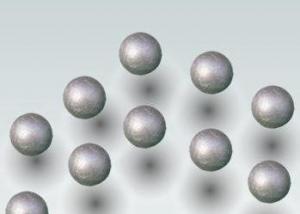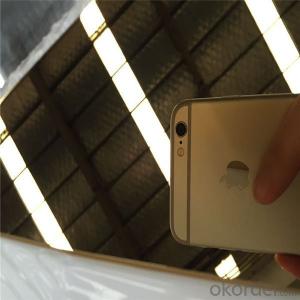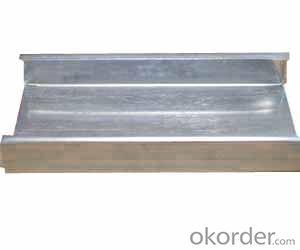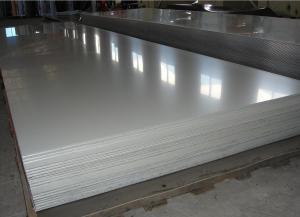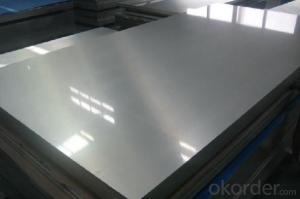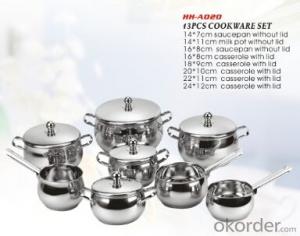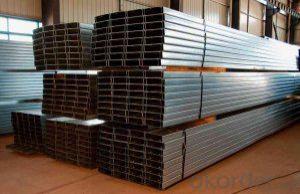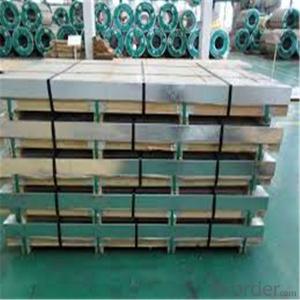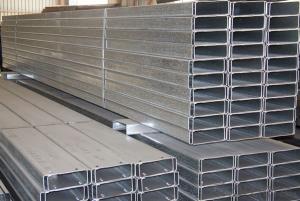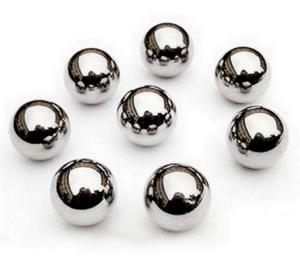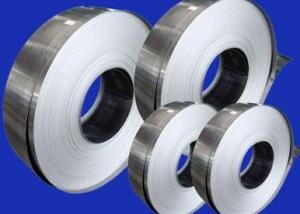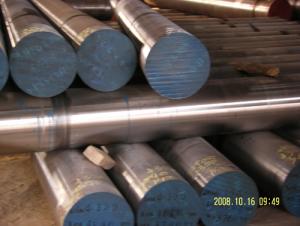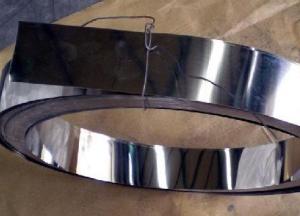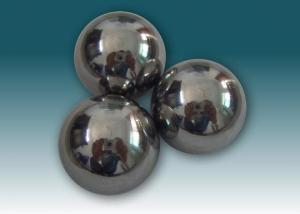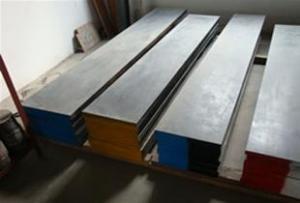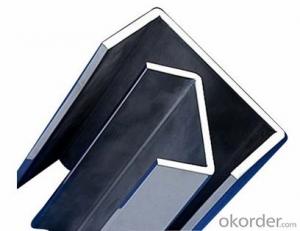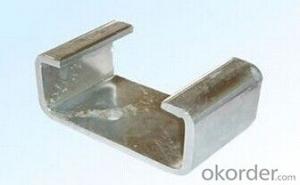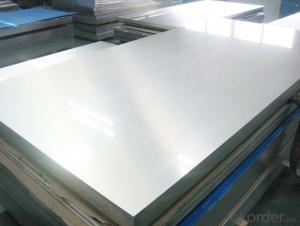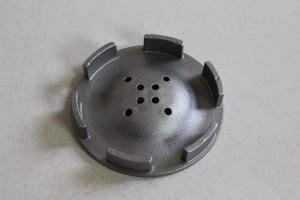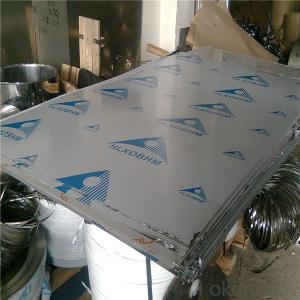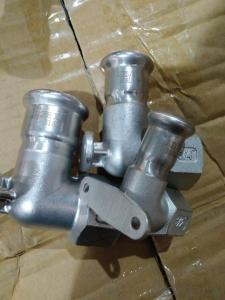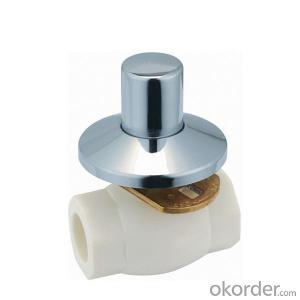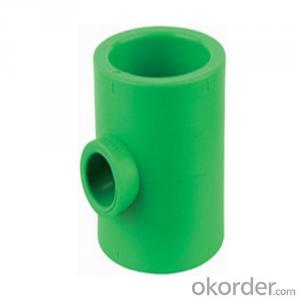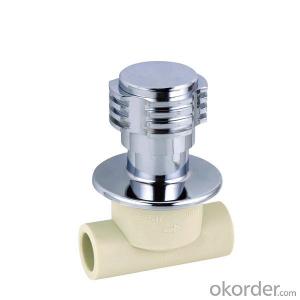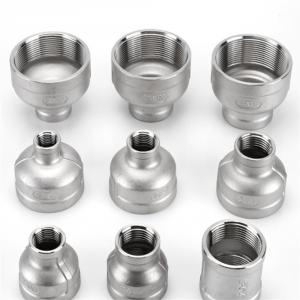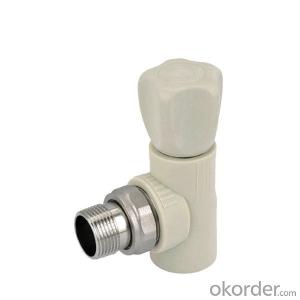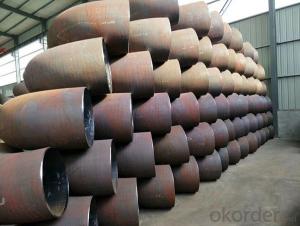440 C Stainless Steel
440 C Stainless Steel Related Searches
440c Stainless Steel 440 Stainless Steel Stainless Steel 440 440a Stainless Steel 420c Stainless Steel 400 Stainless Steel 430 Stainless Steel 440 Stainless Steel Sword 420 Stainless Steel 420hc Stainless Steel Stainless Steel 430 400 Series Stainless Steel Stainless Steel 420 A4 Stainless Steel 403 Stainless Steel 4 Stainless Steel 409 Stainless Steel 410 Stainless Steel Stainless Steel C Channel 17 4 Stainless Steel White Stainless Steel 400 Micron Stainless Steel Mesh Stainless Steel Cte 330 Stainless Steel Stainless Steel S Grade 304 Stainless Steel 304l Stainless Steel Non Magnetic Stainless Steel Type 304 Stainless Steel Blue Stainless Steel440 C Stainless Steel Supplier & Manufacturer from China
440 C Stainless Steel is a high-carbon martensitic stainless steel known for its excellent hardness and wear resistance. This type of stainless steel is characterized by its ability to retain a sharp edge and is often used in the production of knives, cutlery, and other tools that require a durable cutting edge. The high carbon content in 440 C Stainless Steel also makes it suitable for applications where corrosion resistance is needed, such as in the aerospace and automotive industries.The usage scenarios for 440 C Stainless Steel are vast, ranging from everyday household items to industrial equipment. In addition to its common use in cutlery, this stainless steel is also utilized in the manufacturing of surgical instruments, watch components, and various mechanical parts. Its combination of strength, corrosion resistance, and ease of maintenance makes it a popular choice for a wide array of applications where performance and longevity are critical.
Okorder.com is a leading wholesale supplier of 440 C Stainless Steel, boasting a large inventory that caters to the needs of various industries. With a commitment to quality and customer satisfaction, Okorder.com ensures that businesses have access to the materials they require for their projects. Whether it's for the production of precision tools or the fabrication of industrial components, Okorder.com is a reliable source for 440 C Stainless Steel.
Hot Products



